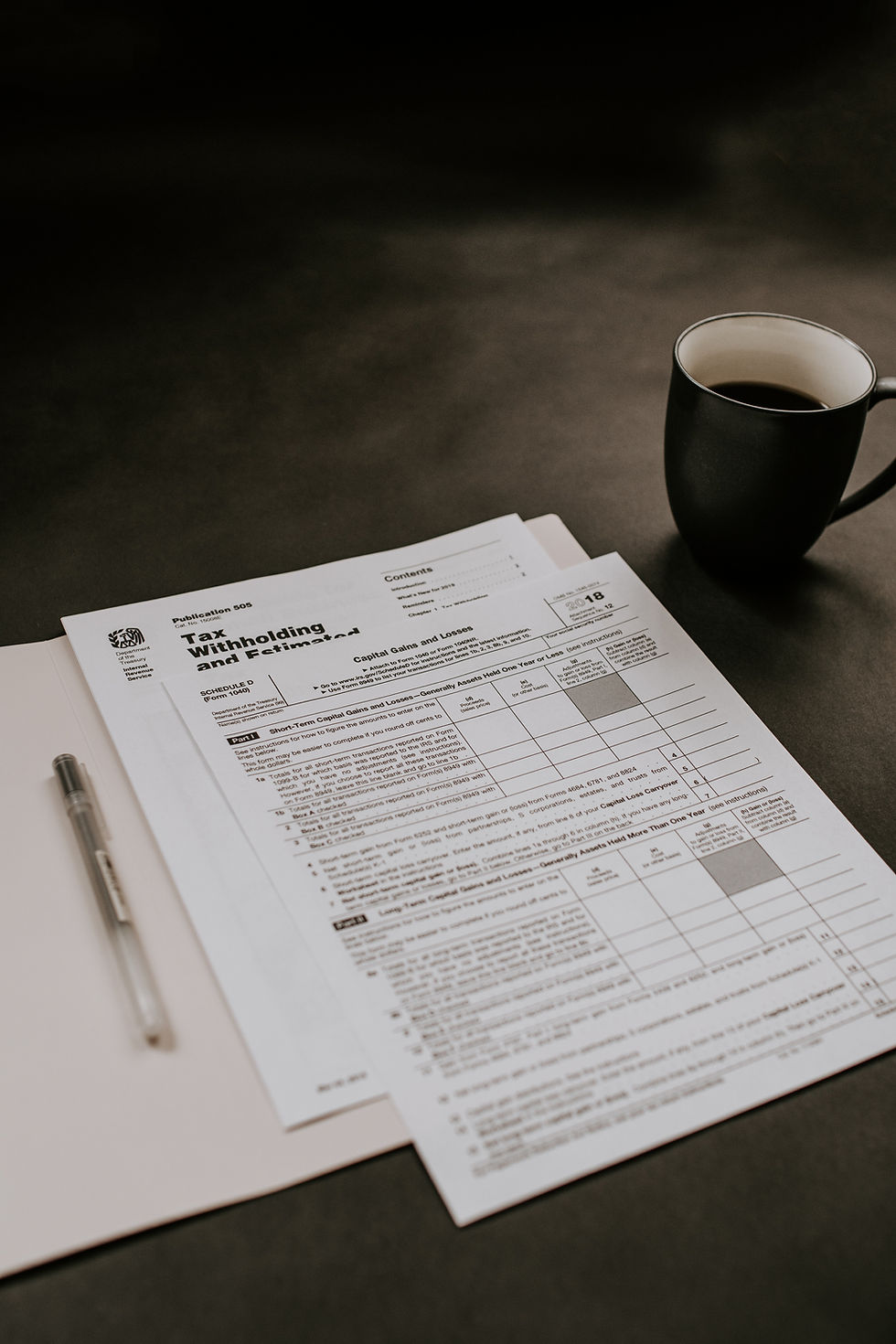Estimate Taxes and When You Must Pay Them
- Savvy & Suite
- Sep 28, 2020
- 2 min read

When you are self-employed you are fully in charge of your finances, which means that whatever money comes in is available at your discretion. That is a crazy amount of financial freedom and responsibility. One of the major obligations is paying your own corporate taxes.
You may not know this, but the government wants corporations’ taxes paid in advance. They don’t want you to file your tax return at the end of the year and pay your tax liability in one sum. You can, but there is actually a penalty and interest for what they consider to be a “late payment”.
As a Sole Proprietor or President of a C Corporation, you should be making estimated payments to the IRS and your respective state every quarter. It’s pretty simple to do. Every quarter, you estimate your income and expenses to get your net income. You then calculate the estimated tax based on that quarter’s income AND the prior quarter’s income to make sure that you are paying according to the correct tax bracket. To make estimated tax payments you should create an account with the IRS HERE. If you are a Sole Proprietor, you would make the payment using form 1040ES. If you are a C Corporation, you would use form 1120-W. You would also have to file quarterly payments with the state.
If this is not your first year operating, then you can ask your accountant to provide you with quarterly vouchers to mail checks. If you are operating in NYS, you can create an account with New York HERE. Estimated payments to NY are filed on form CT-400. If you are an S Corporation you do not have to pay federal estimates but you do have to pay the state. Paying estimated quarterlies are for companies that are seeing a profit. If you are not profitable yet or are seeing marginal gains, you do not need to pay quarterlies.






Comments